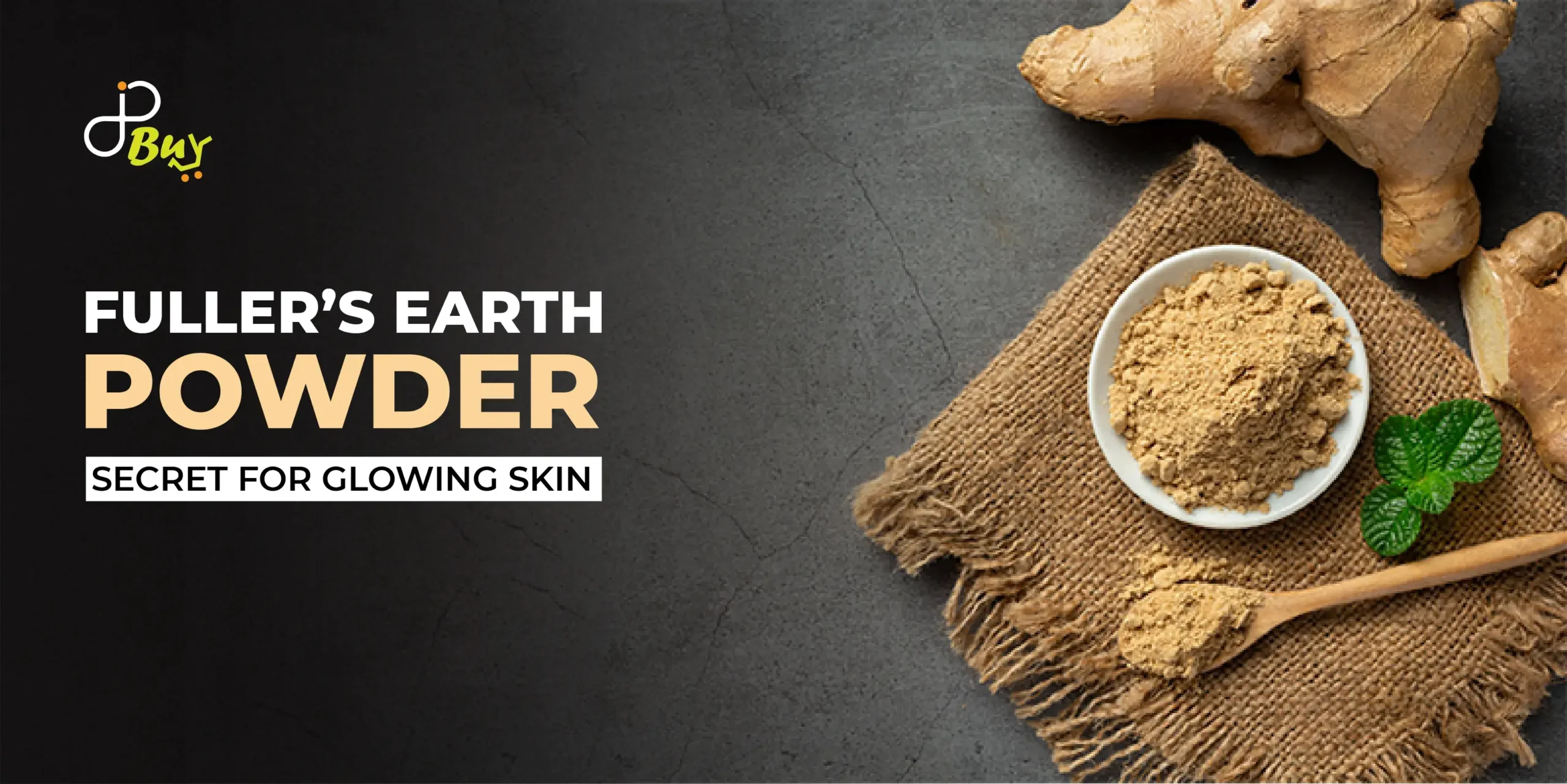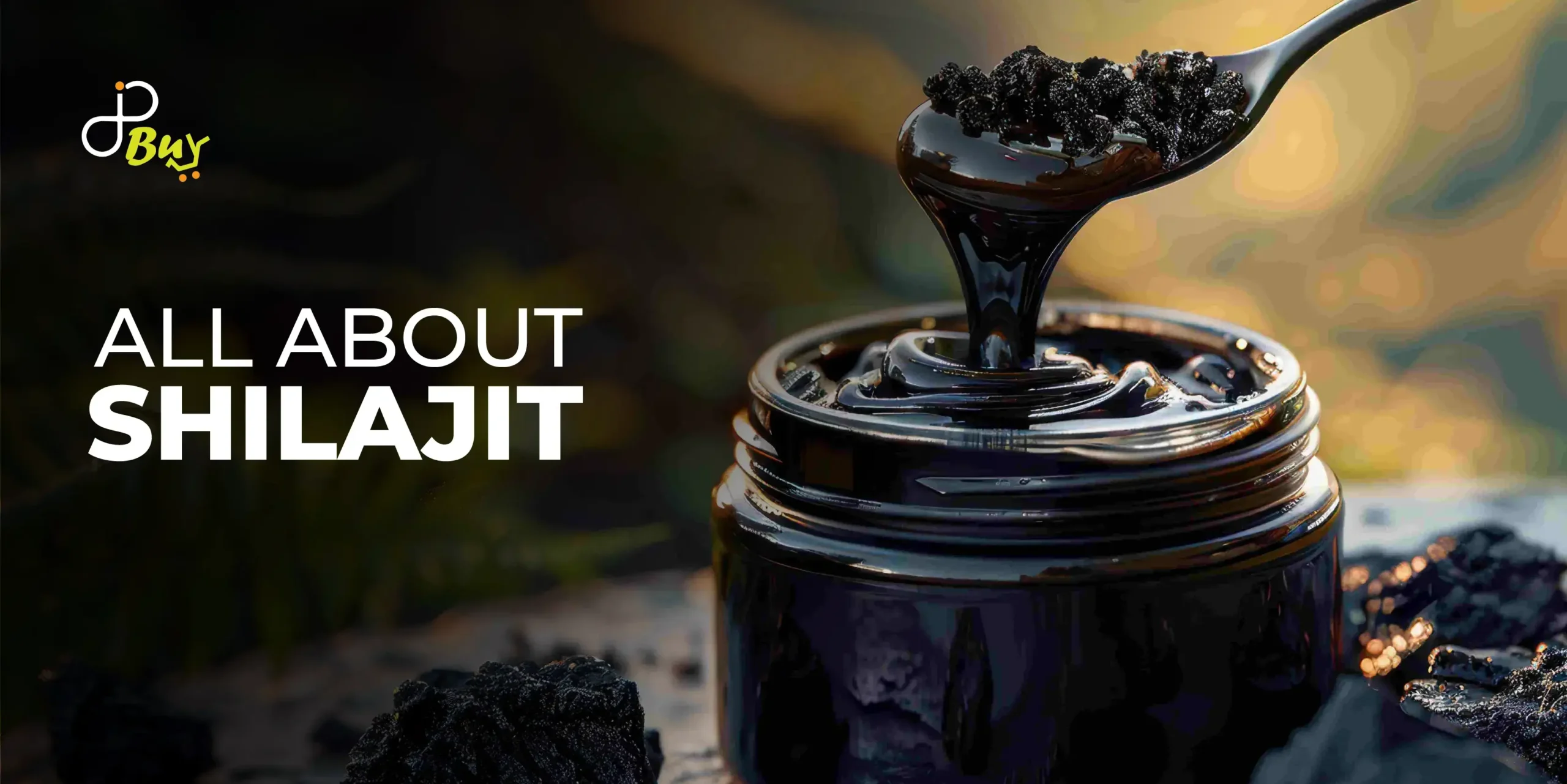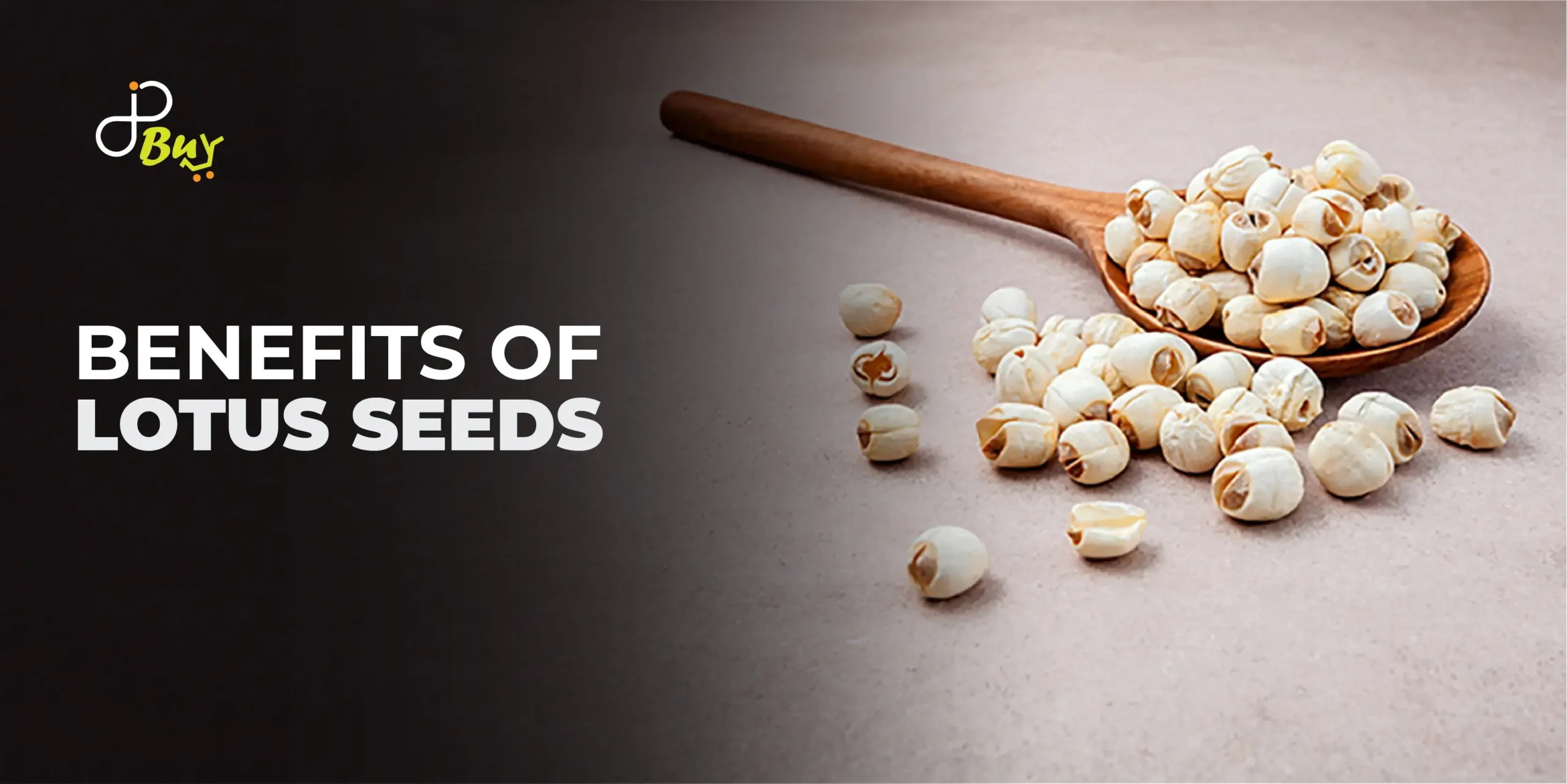

Shilajit is a sticky, blackish-brown organic material found in high-altitude locations, such as mountains, rocks, and caves. This is formed under pressure and the slow decomposition of the plants and organic matter. It is used as an Ayurvedic medicine to treat different medical conditions.
It has been used for centuries and has overall health benefits. It is found in the areas of the Himalayas, Pamir Mountains, Mongolia, Central Asia, Karakoram, India, and Iran. Shilajit is present in the market in dry extract form and also in the form of dietary supplements.
It is a mineral-rich substance that has many potential health benefits. It is recently gaining popularity as it is enriched with many micro and macronutrients like iron, calcium, magnesium, potassium, etc.
It is an organic product that reduces inflammation, has age arrest properties, increases longevity, and solves memory problems. People of Nepal and India used to take it as an addition to milk to enhance their energy levels. Over time, many other benefits of Shilajit are discovered day by day.
It is found in wide geographical regions in high altitudes. In the region of central Asia, it is found in the rocks, i.e., metamorphic rocks and sedimentary rocks. Also, it is found in Iran, Tuva, the Himalayas, the Tibetan Plateau, Myanmar, and the Arabian Peninsula.
It is first considered to be of both plant and animal origin. But the recent studies show that it is of phytochemical origin and only related to plants. It is found in rocks, caves, and mountains where the pressure is high compared to other areas on Earth.
Plants that grow in the rocks and between them get trapped there, and slow and steady them slow their growth stops. Then these trapped plants and herbs undergo the process of slow decomposition under high pressure.
This decomposition takes centuries to make this minerals-rich phytocomplex. As time passes, this is converted into tar-like material between the rocks, which oozes out as a sticky final product from the rock’s cracks when exposed to massive heat or sunlight.

It is a phytocomplex compound made up of many macro and micro molecules. Some of them are organic and some are inorganic. All these chemicals combine to compose Shilajit and give it a unique composition. It consists of 60-80% of organic matter, 20-30% of minerals, and almost 5% of trace elements.
Additionally, it also has some bioactive compounds like fulvic acid, resins, waxy materials, hippuric acid, phenolic lipids, calcium, magnesium, humus, sodium, zinc, phosphorus, and a small amount of dibenzo alpha pyrones. All these compounds and minerals sum up and enhance the efficiency of it.
Fulvic acid, also known as humic acid, is present in it. It made almost 50-60% of its content. Fulvic acid is formed due to the long-term breakdown of soil. This is all full of health and is being used for the well-being of the folks. Among the health benefits of Fulvic acid is
It is a hub for trace elements and many beneficial minerals that can do wonders for your body. It consists of zinc, selenium, magnesium, phosphorus, calcium, and iron. All these minerals help to

Fuller’s Earth is clay-like material mostly made of minerals like magnesium, aluminum, and silicate. Its name fuller came from its

The benefits of Moringa powder are more important as the trend of eating healthy is getting famous day by day.

Food has been a great business for years and years. People spend money to have healthy food and maintain their